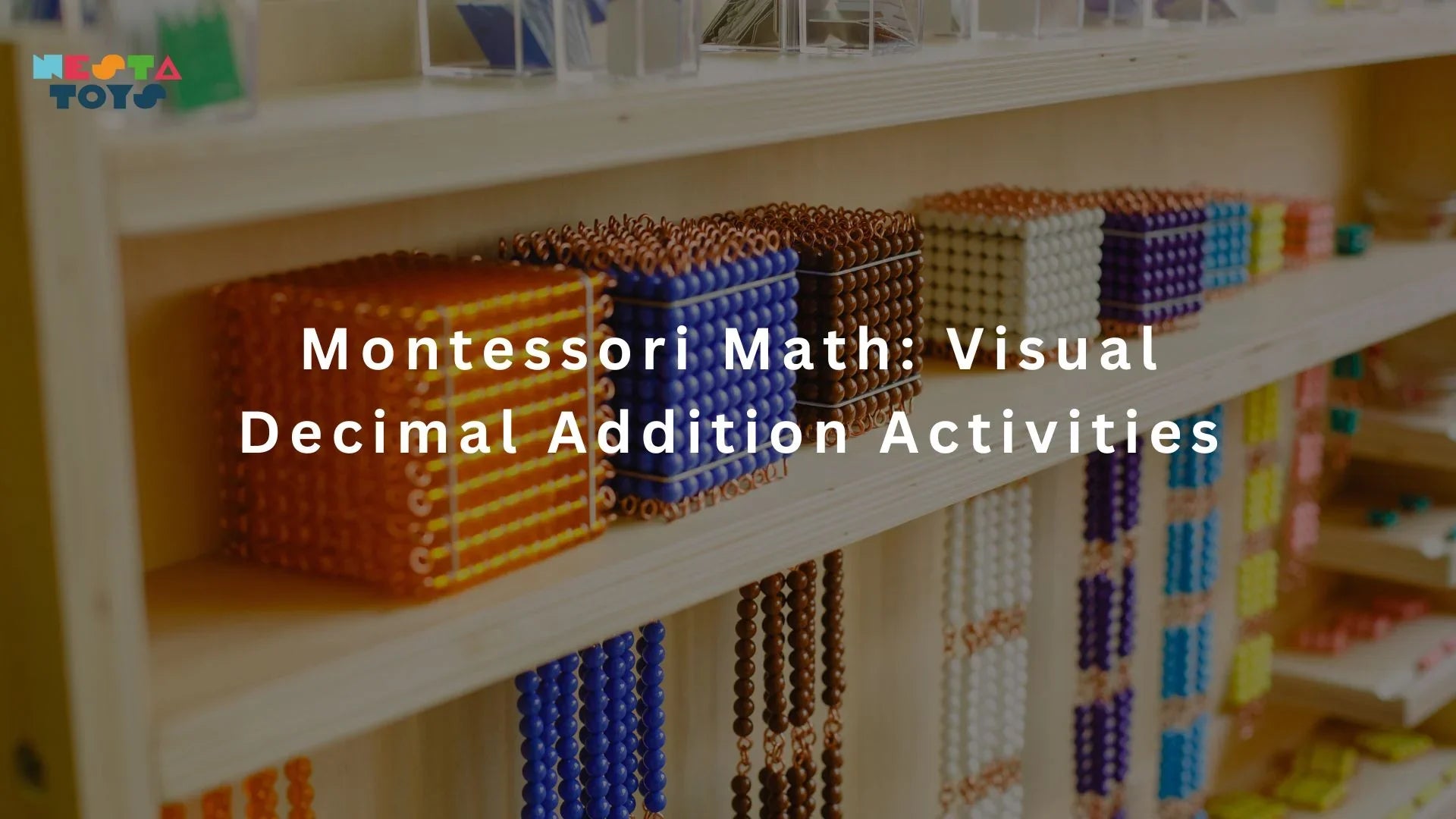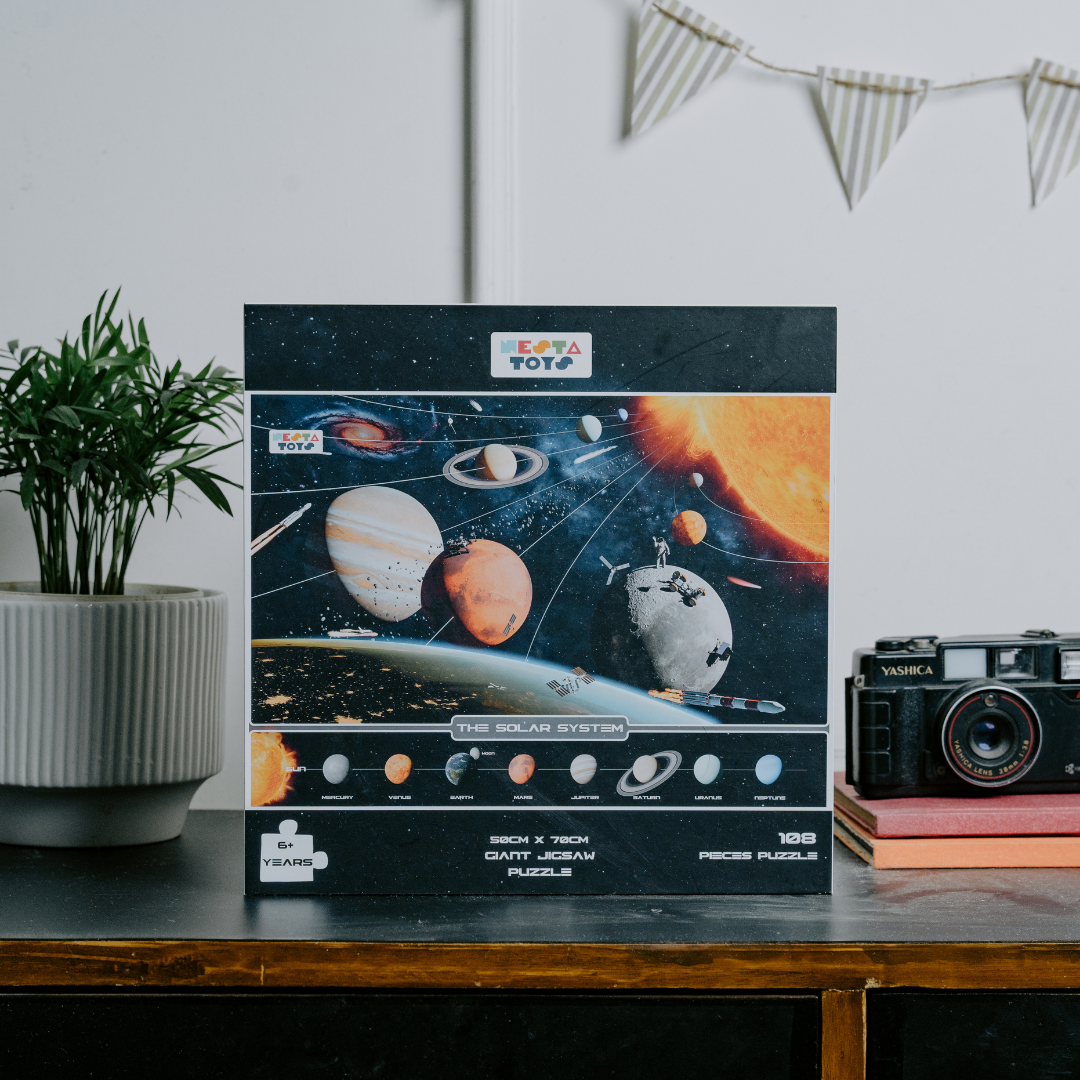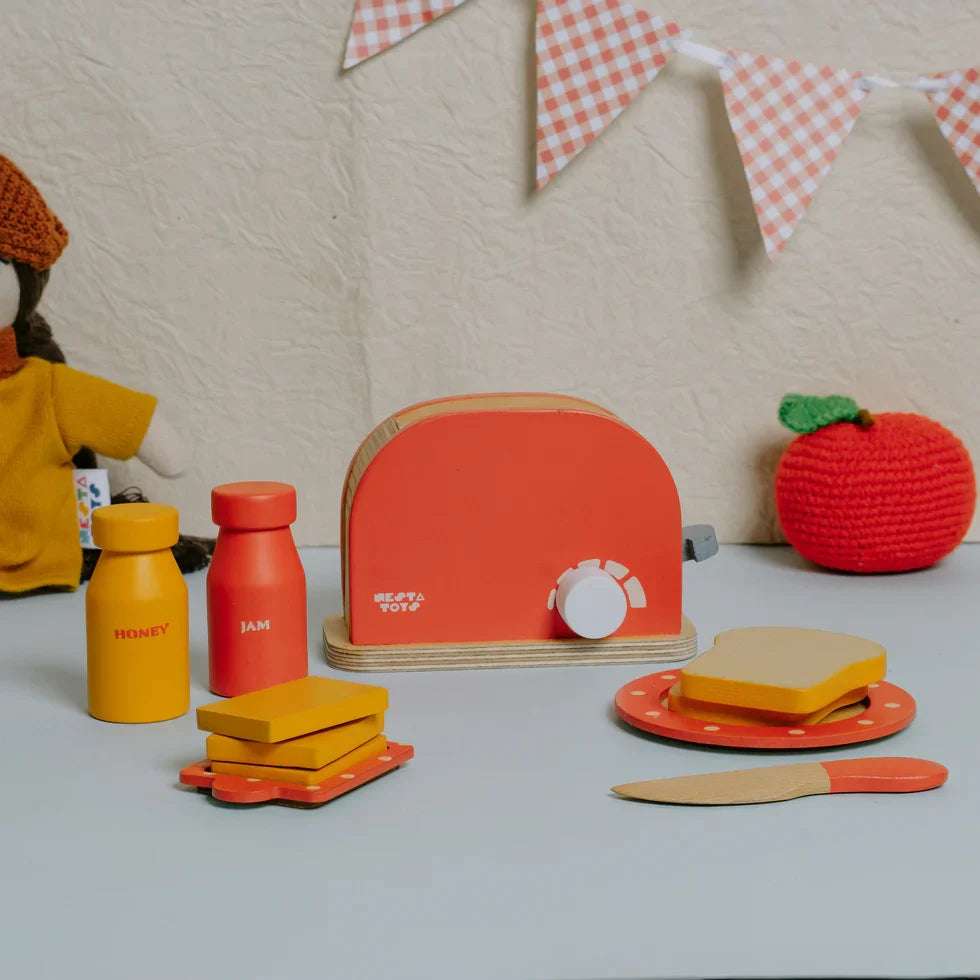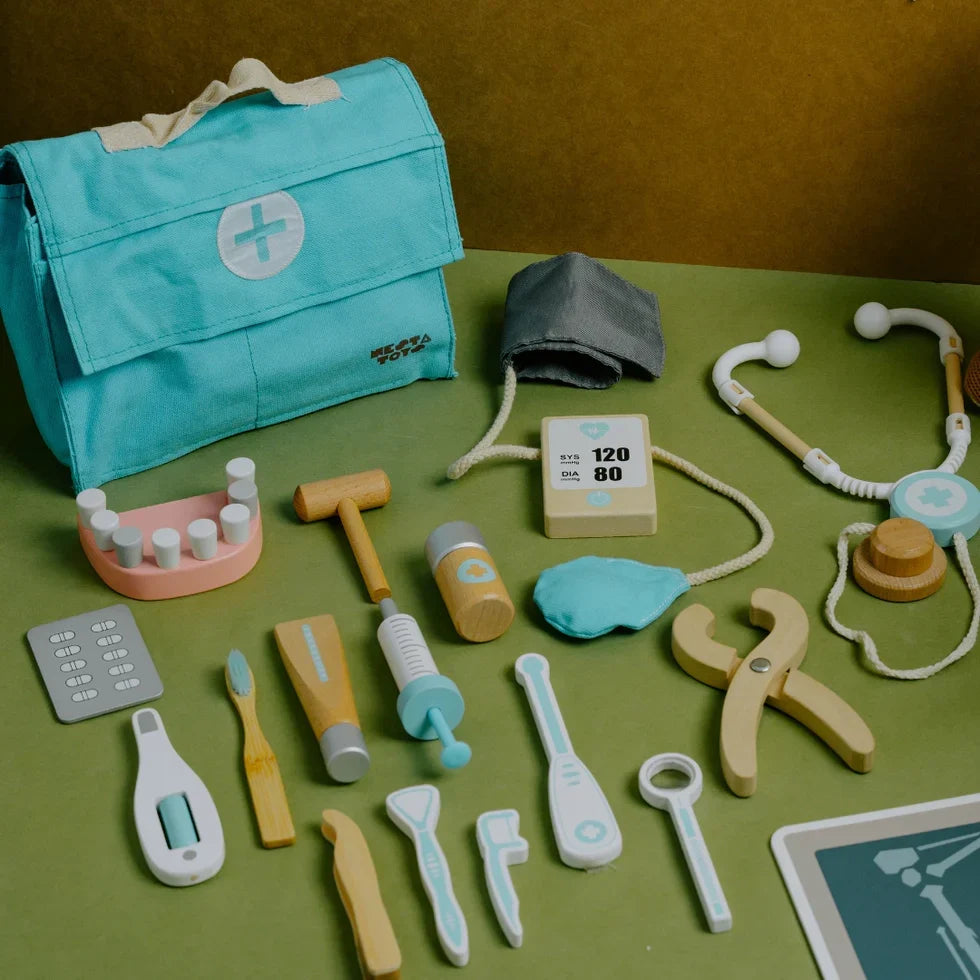Understanding decimal operations, especially addition, is a key concept in elementary mathematics. It's essential to provide children with hands-on experiences that make abstract ideas more tangible and relatable. This post explores how you can use bead materials for a Montessori math approach to introduce and reinforce the concept of decimal addition in an engaging and interactive way, perfect for Montessori at home learning.
Material Components
To effectively demonstrate decimal addition with a Montessori focus, you'll typically need the following materials:
-
Bead Material: Various containers with bead material, including:
- Golden Beads: Representing units
- Ten Bars: Representing tens
- Hundred Squares: Representing hundreds
- Thousand Cubes: Representing thousands
- Number Cards: Decimal cards up to 9000 and additional sets of cards up to 3000.
- Trays and Bowls: Wooden trays with small green bowls and a larger green bowl.
Objectives (Aligned with Montessori Math Principles)
This activity aims to:
- Provide the child with a sensorial impression of addition.
- Show the function of the decimal system.
- Facilitate understanding of the role of changing from one category to the next (e.g., exchanging ten units for one ten).
- Help the child experience the ordering effect of the laws of the decimal system.
- Enable familiarity with the mechanism of changing one hierarchy to the next, thus experiencing the dynamism within the decimal system of numeration.
Activity: Decimal Addition with Beads (Montessori at Home Edition)
Here’s how to facilitate a decimal addition activity with beads at home:
- Presentation: If possible, divide children into 3 to 4 group or individually
- Material Preparation: Have the students spread their set of cards out in front of them.
- Retrieve Corresponding Quantities: Each student retrieves a number on their tray and also retrieve the corresponding quantity of the numbers.
- Combining and Sharing After each student is given enough time to collect, the kerchief is lifted by one corner to give the impression of combining the four quantities into one large amount.
- Separating and Classifying Set the kerchief down and have the students separate the quantities into their respective categories.
- Counting invite the students to count the categories and then select the corresponding cards in front of the quantity.
The children arrange the material and formed a number using the small cards, fetching the corresponding amount as before. The process was conducted similarly to static addition. When a child counted ten of a particular category, they were informed that for every ten, one should be exchanged for the next higher category. The cards were laid out in the same manner as static addition at the end.









